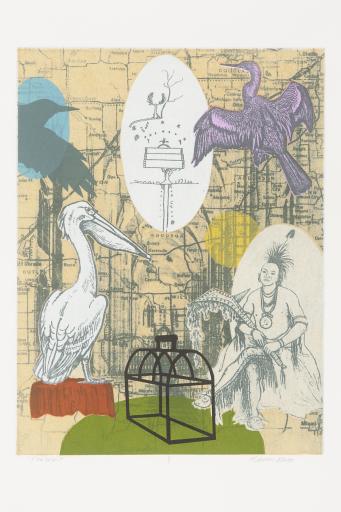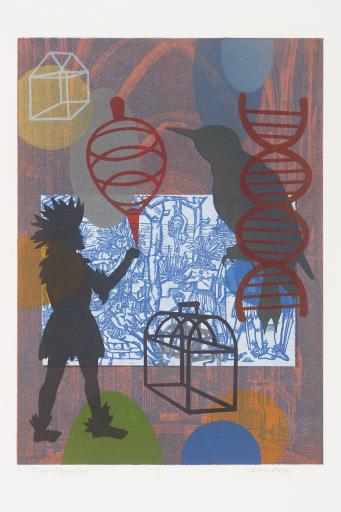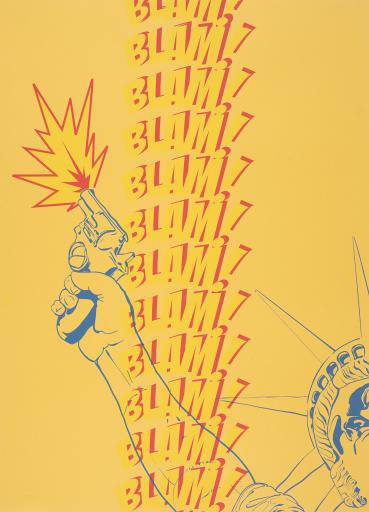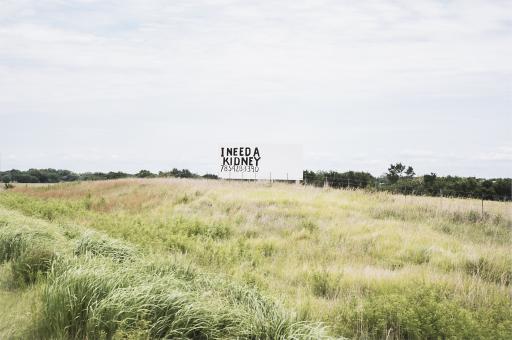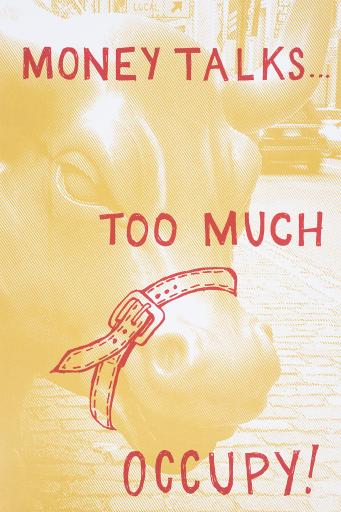Life, Liberty, and the Pursuit of Access Virtual Exhibition
Exhibition
Exhibition Overview

Life, Liberty, and the Pursuit of Access Virtual Exhibition
March 4, 2025–March 4, 2025
Virtual exhibition
Works of art
Marion Palfi
Somewhere in the South, 1946-49, City bus,
1946–1949
August Sander
Blind Children, Duren,
1930
Deborah Dancy; Vermont Studio Center; Sarah Amos
untitled,
2001
Eric Avery
Roger Shimomura
American Citizen #1,
2006
Linda Lighton
White Trash,
2003
Norman Akers
The Wait,
2010
Norman Akers
Time Traveler,
2010
Accra Shepp
Gina Adams
Yoonmi Nam
Osaka Ohsho,
2015
Ganzeer; Booklyn, Inc.
Yellow Bangin’ Liberty,
2015
Josh MacPhee; Stumptown Printers; Meredith Stern
Josh MacPhee; Stumptown Printers; Swoon
Cochamba Water Struggle,
2005
Josh MacPhee; Stumptown Printers; Jennifer Cartwright
ADAPT,
2006
Philip Heying
Brad Kayal
Job Creators,
2012
Bullet Space; Vincent William Gagliostro; Avram Finkelstein
Enjoy AZT (ACT UP),
1990–1991
Alexandra Bell
Alexandra Bell
Carrie Mae Weems
American Monuments I,
2015–2016
Bullet Space; Andrew Castrucci; Nadia Coën
epigraph,
1990–1991
Bullet Space; Lady Pink
Under the Brooklyn Bridge,
1990–1991
Bullet Space; Nadia Coën
Survival of the Fittest,
1990–1991
Josh MacPhee
Money Talks Too Much,
2012
Atul Bhalla
Untitled,
2010
Luis Alfonso Jimenez; Lawrence Lithography Workshop
Yoonmi Nam
Osaka Ohsho,
2015






